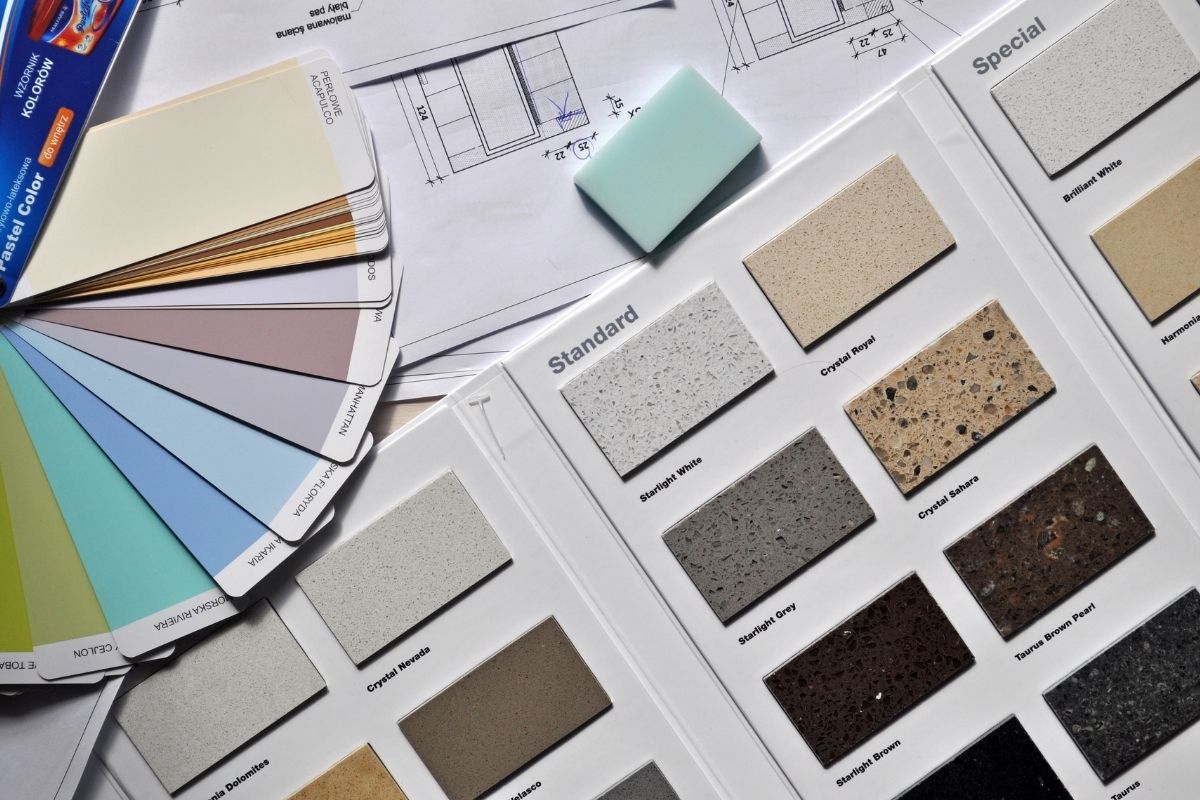How to Pursue User Research Ethically
In regards to ethical issues, the most important thing is to be very, very sensitive. When we go out and interview people, we want to really understand the world. Because human beings are very complex creatures, our world sometimes is very vulnerable.
What I would always recommend when you interview someone is to be hypersensitive to where they are and look at their body language either when they’re closing up, when they’re opening up, when they’re looking away, when they’re looking straight at you, when their eyes open up with excitement, etc. If we see them closing up, it means that we’re touching something that is sensitive there.
This is really where our ethics come into the picture. Do we want to probe them more and push them towards more answers, or is this enough information for us and do we want to back up? The idea is to really respect whoever you’re interviewing and observe what they’re not saying, and be sensitive about when you’re going to explore further.
In your online UX design education, it’s important to keep the method of your research at the forefront of your mind. Your UX and UI decisions are based on these interviews, and it’s important that the UX design and UI design data you gather are collected in ethical ways.


